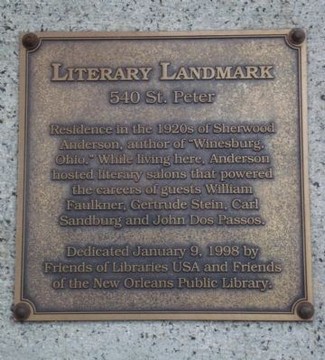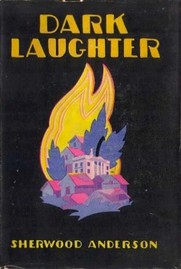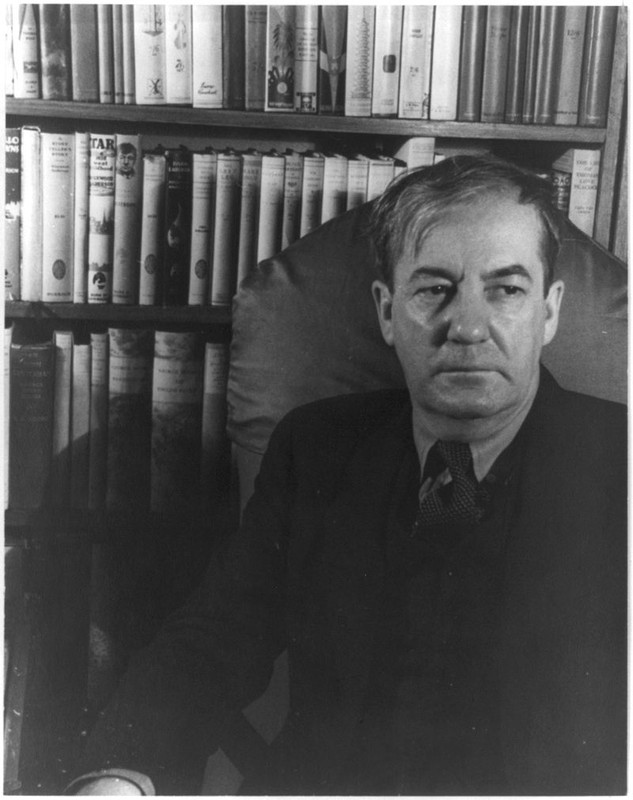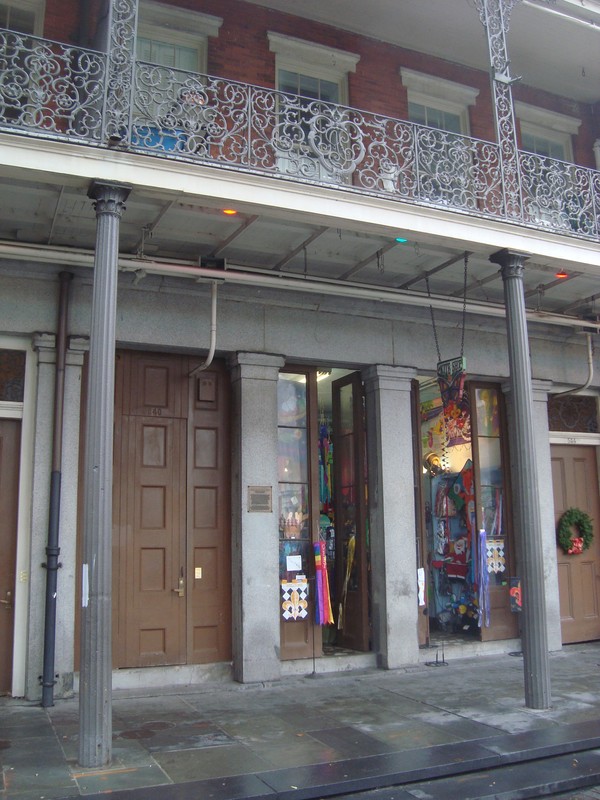Historical Marker: Literary Landmark - 540 St. Peter
Introduction
Text-to-speech Audio
Images
The historical marker

Original cover for Anderson's only bestseller, Dark Laughter, which was inspired by his time in New Orleans

Sherwood Anderson in 1933. Courtesy of the Van Vechten Collection at the Library of Congress

View of the building entrance where the marker is located

Backstory and Context
Text-to-speech Audio
Beginning in 1924, Sherwood and Elizabeth Prall Anderson moved to New Orleans, where they lived in the historic Pontalba Apartments (540-B St. Peter Street) adjoining Jackson Square in the heart of the French Quarter. For a time, they entertained William Faulkner, Carl Sandburg, Edmund Wilson and other writers, for whom Anderson was a major influence. Critics trying to define Anderson's significance have said he was more influential through this younger generation who he influenced than by his own works.
Anderson referred to meeting Faulkner in his ambiguous and moving short story, "A Meeting South." His novel Dark Laughter (1925) drew from his New Orleans experiences and continued to explore the new sexual freedom of the 1920s. Although the book is now out of print (and was satirized by Ernest Hemingway in his novella The Torrents of Spring), it was a bestseller at the time, the only book of Anderson's to reach that status during his lifetime.
Sources
"Literary Landmark - 540 St. Peter." The Historical Marker Database. Accessed December 21, 2016. http://www.hmdb.org/marker.asp?marker=51546.
Anderson, Sherwood (1924). A Story Teller's Story. New York: B.W. Huebsch.
Anderson, Sherwood (1942). Sherwood Anderson's Memoirs. New York: Harcourt, Brace and Company.
Townsend, Kim (1987). Sherwood Anderson: A Biography. Boston: Houghton Mifflin.
